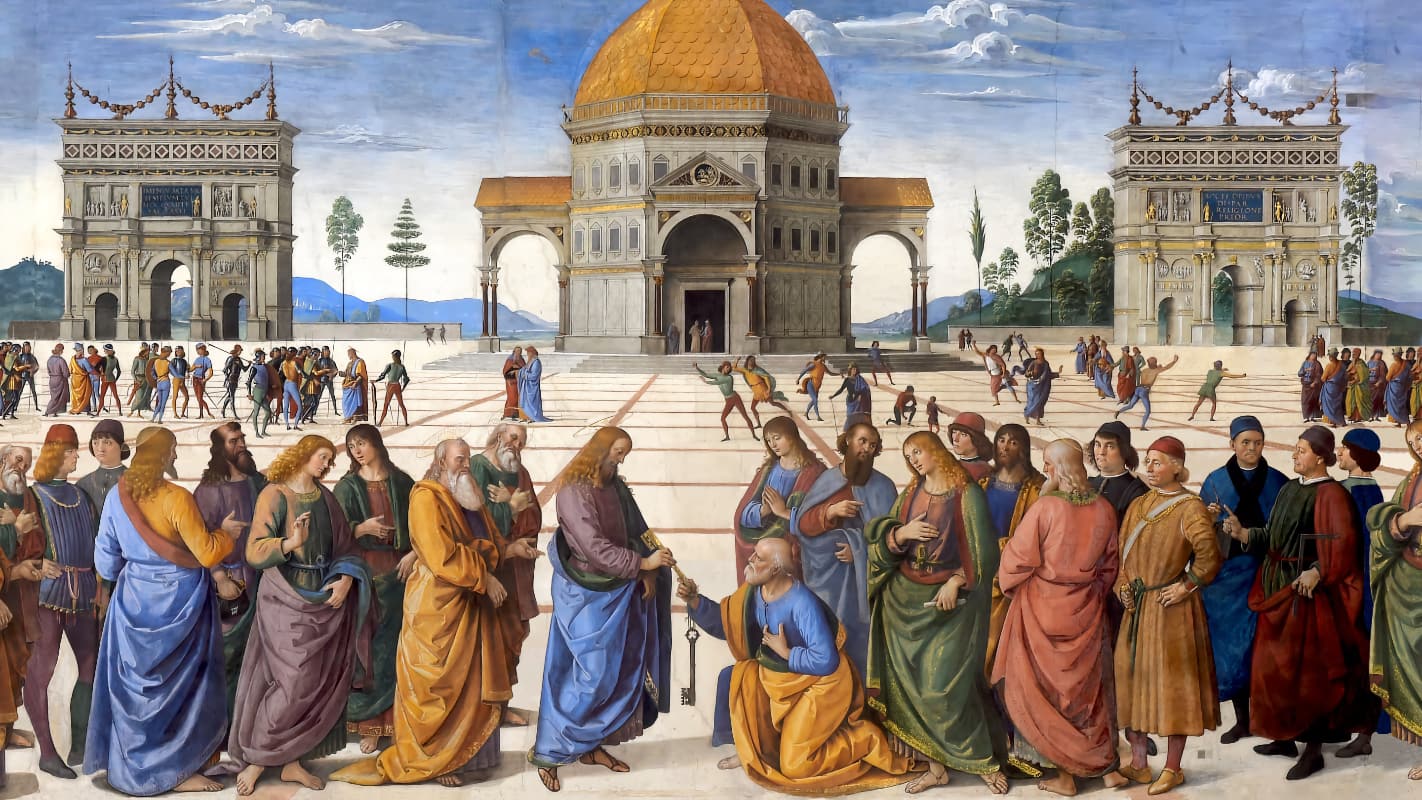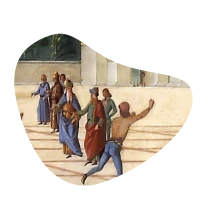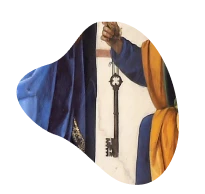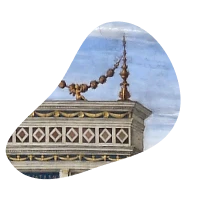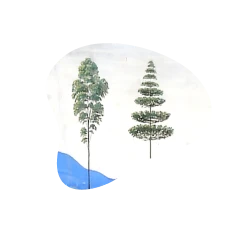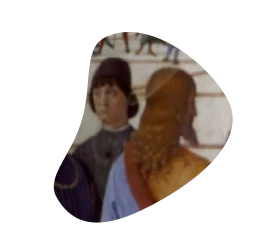Willem and I arrive in Venice at the height of the pandemic and enjoy the magic of a city entirely devoid of tourists with a mixture of awe and guilt. We’re told that dolphins were spotted in the Canal Grande just the other day. And we learn that it was in fact the Venetians who gave us the word quarantine: when the city was hit hard by the bubonic plague in the 14th and 15th centuries, incoming ships with suspected cases on board would have to wait for forty days, or „quaranta giorni“ in Italian, before they were allowed to enter the Venice harbor.

We came to La Serenissima to find about Ottaviano Petrucci. If you are a musician, you might know his name from the IMSLP Petrucci Music Library. If it weren’t for him and his crazy ideas, we probably wouldn’t have heard of Josquin today. The innovator from Fossombrone petitioned the Venetian Doge for exclusive rights to music publishing for twenty years. The Doge said yes, and Petrucci became the first person to print and publish polyphony using movable type. His first-ever volume, the Harmonice Musices Odhecaton of 1501, contained music by Josquin and others; his next volume was dedicated entirely Josquin’s masses, as was the next, and the next. We can never know whether or not Josquin actually visited Venice, but one thing is clear: Josquin’s music sold.
Local musician and scholar Marco Rosso Salva tells us that it would have been quicker and cheaper in Petrucci’s time to hand-copy Josquin’s music. But it was about more than that, he explained. Venice was the world’s most important shipping port, and Petrucci saw an opportunity to create an exclusive product for international export. His little volumes were beautiful and exquisitely made, a 16th-century version of our modern-day coffee table books perhaps.
Josquin’s music is inextricably intertwined with the birth of music publishing, the one needing the other to become a part of our lives for the next 500 years.
The potential market was huge, we learned from Irish musicologist David Bryant. Bryant’s life’s work has been about examining the social and economic circumstances of musicians in and around Venice in the Renaissance and Baroque eras. With scores of churches, and hundreds of guilds, palaces, confraternities and monasteries, Venice offered the professional musician abundant opportunities to earn a decent living. And all of these institutions needed music—notes on paper—for their occasions. Petrucci knew what he was doing.
Today, the authorship of many of the masses Petrucci published as Josquin’s is disputed. But it’s quite probable that without Petrucci, Martin Luther would never have been able to sing Nymphes de bois with his friends, and could never have declared Josquin “Master of the Notes.” Certainly Josquin’s music is inextricably intertwined with the birth of music publishing, the one needing the other to become a part of our lives for the next 500 years.

Willem and I often wonder how people in Josquin’s time heard his music. Was it legible for ordinary people, or only for the elite? David Bryant has, of course, looked into that. He uses the unique acoustics of St Mark’s in Venice to demonstrate that only the elite could actually hear all the parts of the music clearly; ordinary people were placed too far away from the acoustic sweet spots to be able to get an accurate aural impression.
But Marco Rosso Salvo argues that the music’s emotional impact, as strong today as ever, would have been felt by ordinary listeners in many of the places where Josquin’s music was performed. “He combined two things,” Salvo told us, “the high technique with the deepest humanity in which he writes in its music. I was listening to Nymphes de bois just some days ago in the radio. It was played to commemorate people who died during the Covid pandemic. And I have to confess that I was crying, because it’s so human, this music is just so carefully done. Full of canons, full of very complicated counterpoint and so on. But at the same time very deeply touching.”

Gentile Bellini, Procession on the Piazza San Marco (1496, © Gallerie dell’Accademia Venice / Creative Commons)
So why, with his international fame spreading so rapidly, did Josquin decide to withdraw for the last two decades of his life to his home territory of Condé-sur-l’Escaut? What kind of life did he have there? Why did he bequeath that final Pater Noster? And what other legacy did he leave? We’ll find out in our next and final episode.
Master of the Notes is a Max Music Media production commissioned by the Pierre Boulez Saal and written by Shirley Apthorp and Willem Bruls.
Born in South Africa, Shirley Apthorp grew up in Australia and studied music at the University of Tasmania. Since 1996, she has lived in Berlin, writing about music for numerous international publications including the Financial Times (UK), Bloomberg (USA), and Opernwelt. Her work has been published in the United Kingdom, the U.S., Australia, Germany, Austria, Japan, Brazil, the Netherlands, Norway, and South Africa. In 2010, she founded the award-winning non-profit organization Umculo which supports social development through music theater in South Africa. Shirley Apthorp received the Classical:NEXT Innovation Award in 2019.
Willem Bruls holds degrees in literature and history of art and works as dramaturge, author, music critic, and librettist. He has published extensively on a wide range of subjects, including most notably a study of Wagner’s Ring cycle and orientalism in opera. He collaborated with directors such as Guy Cassiers and Pierre Audi and directed several music theater productions himself. He wrote a stage adaptation of Pasolini’s Teorema for the Ruhrtriennale Festival and has given workshops on contemporary music theater, libretto writing, and youth theater throughout Europe. He serves as an advisor for the performing arts to the Dutch Arts Council.
Credits
Original Music for this podcast was composed by Karim Said and recorded by Angela Boutros, Elias Aboud, Roshanak Rafani, and Joseph Protze of the Barenboim-Said Akademie.
Excerpts from Josquin des Prez, Missa De beata virgine and Missa Fortuna desperata, recorded by Peter Phillips & The Tallis Scholars © Gimell Records.
In case of violation of copyright, we kindly ask the rightsholders to contact us.
